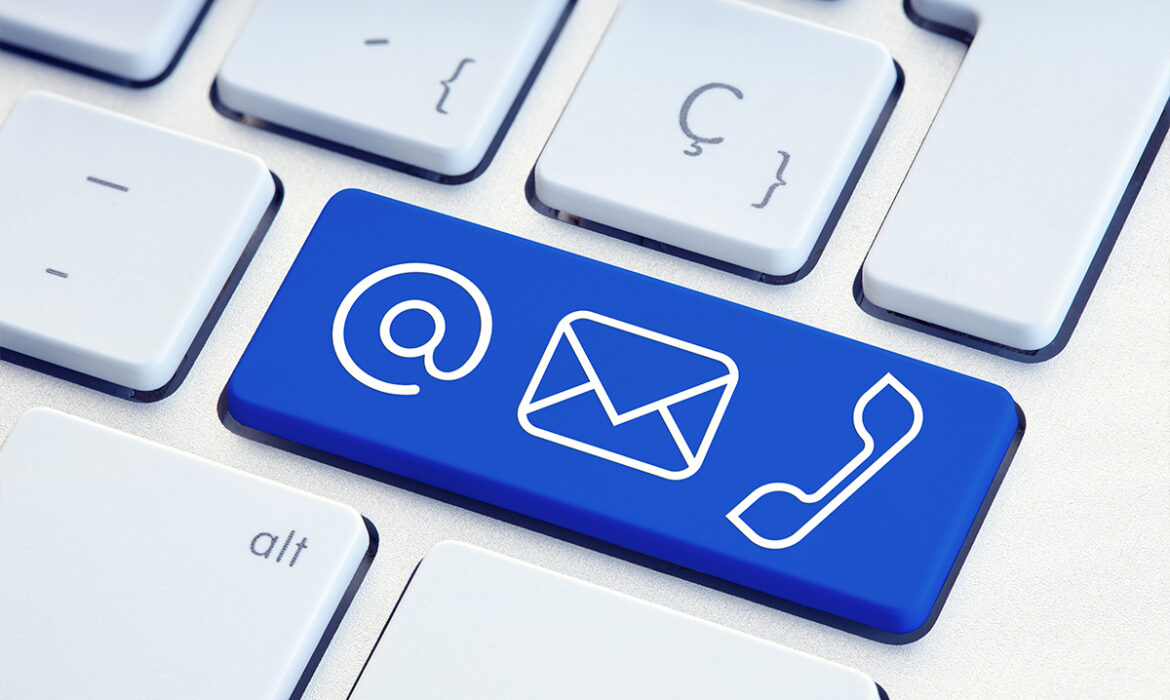
Best Practices for Marketing Automation in E-commerce
Marketing automation has transformed the way e-commerce businesses connect with their customers. This tool allows companies to optimize their time, improve the personalization of their messages, and increase the efficiency of their campaigns. However, to make the most of automation, it is essential to follow certain best practices that ensure its success and maximize results.
One of the first recommendations for implementing marketing automation is to segment your audience. Personalization is key in the world of e-commerce, and thanks to automation, it is possible to divide your customer base into segments based on their behavior, interests, or purchase history. By targeting specific groups with personalized messages, you can improve conversion rates and increase customer loyalty. For example, sending emails with recommendations based on previous purchases is a great way to keep customers engaged and satisfied.
Another key practice is to set up automated workflows. These workflows allow certain actions to be triggered based on specific behaviors or events. For example, welcome emails can be sent automatically when a user subscribes to your newsletter or creates an account on your store. Likewise, you can set up abandoned cart reminders, an effective tactic for recovering lost sales. When implementing these workflows, make sure they are optimized to send messages at the right times—not too early and not too late.
Automation also offers the possibility of constant testing and analysis. It’s important not to leave everything to the system without supervision. Testing different versions of emails, offers, or calls to action through A/B testing will allow you to discover which strategies are most effective. As you collect data, you can adjust your campaigns to improve their performance. A data-driven approach ensures that each automated action becomes more relevant and effective over time.
One of the most common mistakes when using marketing automation is not maintaining an appropriate frequency of messages. Just because you can send automated emails doesn’t mean you should bombard your customers with messages every day. Maintain a balance between keeping your audience informed and not being invasive. A good practice is to analyze the ideal frequency based on your customers’ behavior, ensuring that the content is useful and relevant every time they receive it.
It’s also crucial to integrate different marketing channels into your automation strategy. Don’t limit yourself to just emails. Push notifications, text messages, or even social media targeting can all be integrated to create a cohesive, omnichannel customer experience. By using multiple channels, you can reach your customers at the times and places where they’re most likely to interact with your brand. For example, if a customer doesn’t respond to an email, you could try to reach them through a mobile notification or a personalized social media post.
A key aspect of successful marketing automation is making sure that the tools you use are fully integrated with your e-commerce platform. A seamless integration will give you access to all the data you need to segment and personalize your messages. Make sure your automation system is linked to your sales platform, CRM, and other tools you use to manage your store. This way, you can create more effective campaigns and make informed decisions.
Relevant, quality content is another key piece of any automated strategy. While automation makes it easier to send messages, it’s important that these messages are engaging and valuable to customers. Don’t just send promotional emails; use automation to educate your customers about your products, provide helpful tips, or even share stories behind your brand. Not only will this increase engagement, but it will also strengthen your relationship with your customers in the long run.
One of the best practices for e-commerce marketing automation is to create a loyalty system. Automation tools can be especially effective at fostering customer loyalty by offering them personalized discounts, rewards for their purchases, or reminders of points programs. Not only will a loyal customer be more likely to return, but they may also become an ambassador for your brand, recommending your products to others.
E-commerce marketing automation is a powerful tool when used strategically. By segmenting your audience, personalizing messages, maintaining proper frequency, and utilizing multiple channels, you can significantly improve your results. Additionally, integrating your automation tools with your sales platform and creating quality content will ensure that your campaigns are effective and relevant to your customers.





